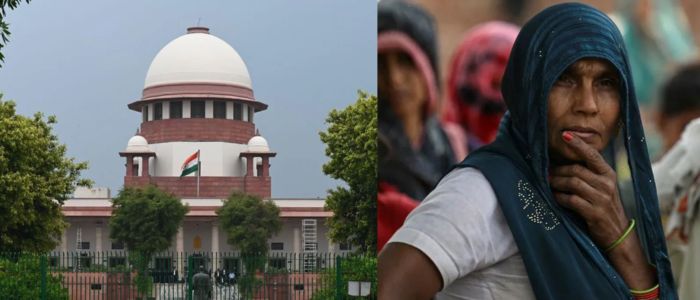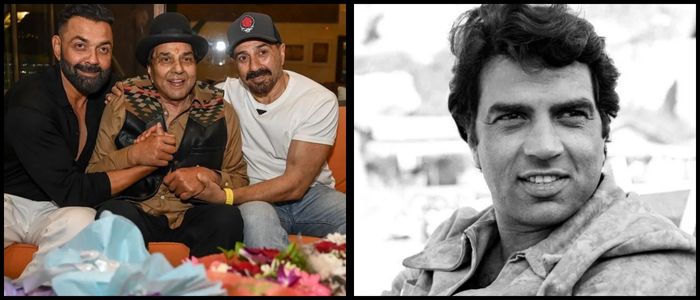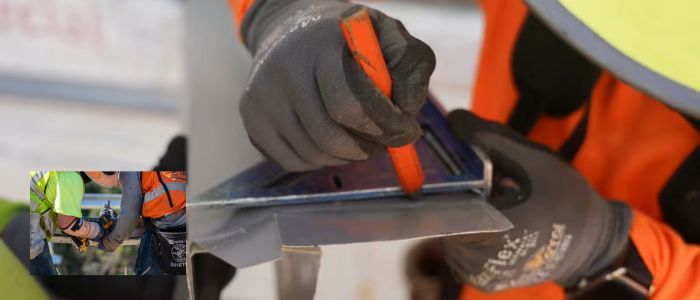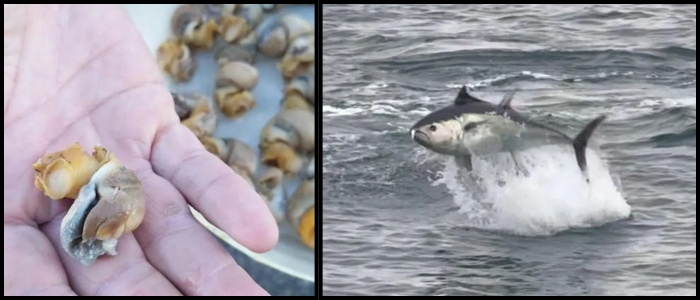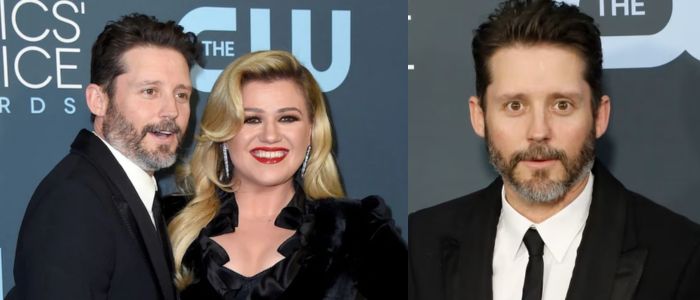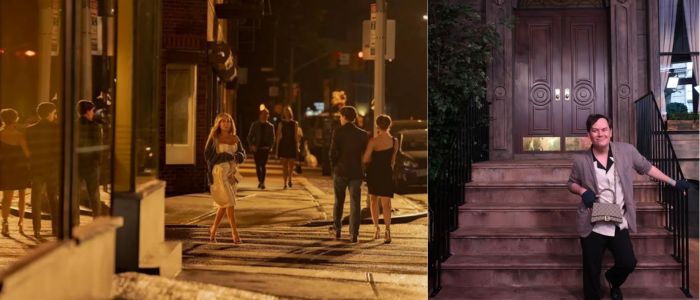Coppola’s comment wasn’t an exaggeration. The making of Apocalypse Now was almost as famous as the film itself. But 1991’s Hearts of Darkness.A Filmmaker’s Apocalypse was when the truth about the madness finally came out. Directed by Fax Bahr and George Hickenlooper and made from Eleanor Coppola’s raw on-set footage, the documentary showed how the process of creating the masterpiece on screen was as self-destructive of mind and body as the one it set out to capture.
Now, with a newly restored 4K version heading back to theaters, the story behind the film remains fascinating.
Production Chaos and Near Collapse
Adapted from Joseph Conrad’s Heart of Darkness, Apocalypse Now was filmed in the Philippines starting in 1976. It was supposed to be a five-month shoot that turned into an ordeal of more than a year.
The original leading actor, Harvey Keitel, was fired and replaced by Martin Sheen, who had a near-fatal heart attack during shooting. Marlon Brando gave up while shooting unprepared and overweight, which resulted in Coppola rewriting the final scene. Some typhoons wiped out sets, hookworm that infected the cast, and a heavy favourite of the house party.
With the production in disastrous financial straits, Coppola put his financial interests on the line to complete the film. He acknowledged at one point that it was a 20% chance that he would be able to cut a convincing final version. What Mrs. Coppola captured in footage and recordings that were initially dismissed as being of little value ultimately proved to be visual and emotional gold.
Chas Gerretsen, the photographer who shot for six months on set, said the vibe approximated that of war itself. “Vietnam was insane, Apocalypse Now was only slightly less insane,” he said. “The crew battled heat, humidity, mosquitoes, and knee-deep mud. There was homesickness too. One crew member visited for hours consistently to watch the flights depart for America.”
The actor Damien Leake, who portrayed a machine gunner, remembered rain so heavy that it felt “mad at you” and tropical heat that “hit like a wet mop.” And even during the shoot, despite the squalor, he marveled at the local culture and fell in love.
Telling the Story of a Story
The director, Fax Bahr, searched through more than 80 hours of material and fashioned a four-and-a-half-hour rough cut. He’d faced dramatic post-production struggles, including one editor who vanished with the film and threatened to cut its negatives scene by scene.
A big break came from Eleanor Coppola’s audio tapes of Francis lamenting in deep despair. These personal logs reveal Coppola at his most naked and vulnerable, fighting to complete a film that was collapsing under its weight. “Nothing in my tool bag is working,” Coppola can be heard saying. “I cannot write the end of this movie.
But in the end, the cast did believe. “Actors would walk through fire for Francis,’’ Leake added. “He allowed them to make their roles their own, and then guide that work toward his vision.”
A Vision Like No Other
Coppola allowed the makers of the documentary free rein, requesting just that they tell the truth. He stipulated the voice be that of his wife, and its intimate, behind-the-scenes feel made it more than a film companion, an essential part of the Apocalypse Now back story.
For Bahr, the behind-the-scenes chaos was as legendary as the madness captured on film. “No one will ever make a movie like that again,” he added. “Francis wanted to create Vietnam for his crew, and in the process, everybody was living a piece of it.”
The line between the movie set and actual war began to dissolve for Gerretsen. “The bursts, the smoke, the anticipation — that was a jumble. I watched the film and it came back so clearly that I couldn’t go and look at it for years.”
Apocalypse Now and its troubled making have never ceased to haunt all those involved. The movie would go on to join the pantheon of cinematic legends, but the toll — emotional, physical, creative — was as substantial as that of the story it was trying to tell.
Entertainment
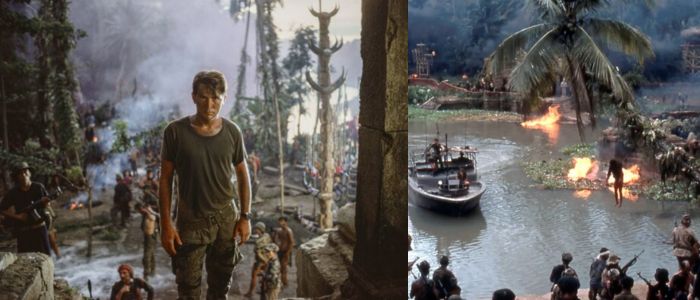
Inside the Madness of Apocalypse Now Film’s Wild Creation

When Apocalypse Now opened in 1979, director Francis Ford Coppola likened the harrowing effort of making his Vietnam War epic to the very conflict it chronicled: “We were in the jungle. There were too many of us. We had too much money, too much equipment, and little by little, we went insane.”



